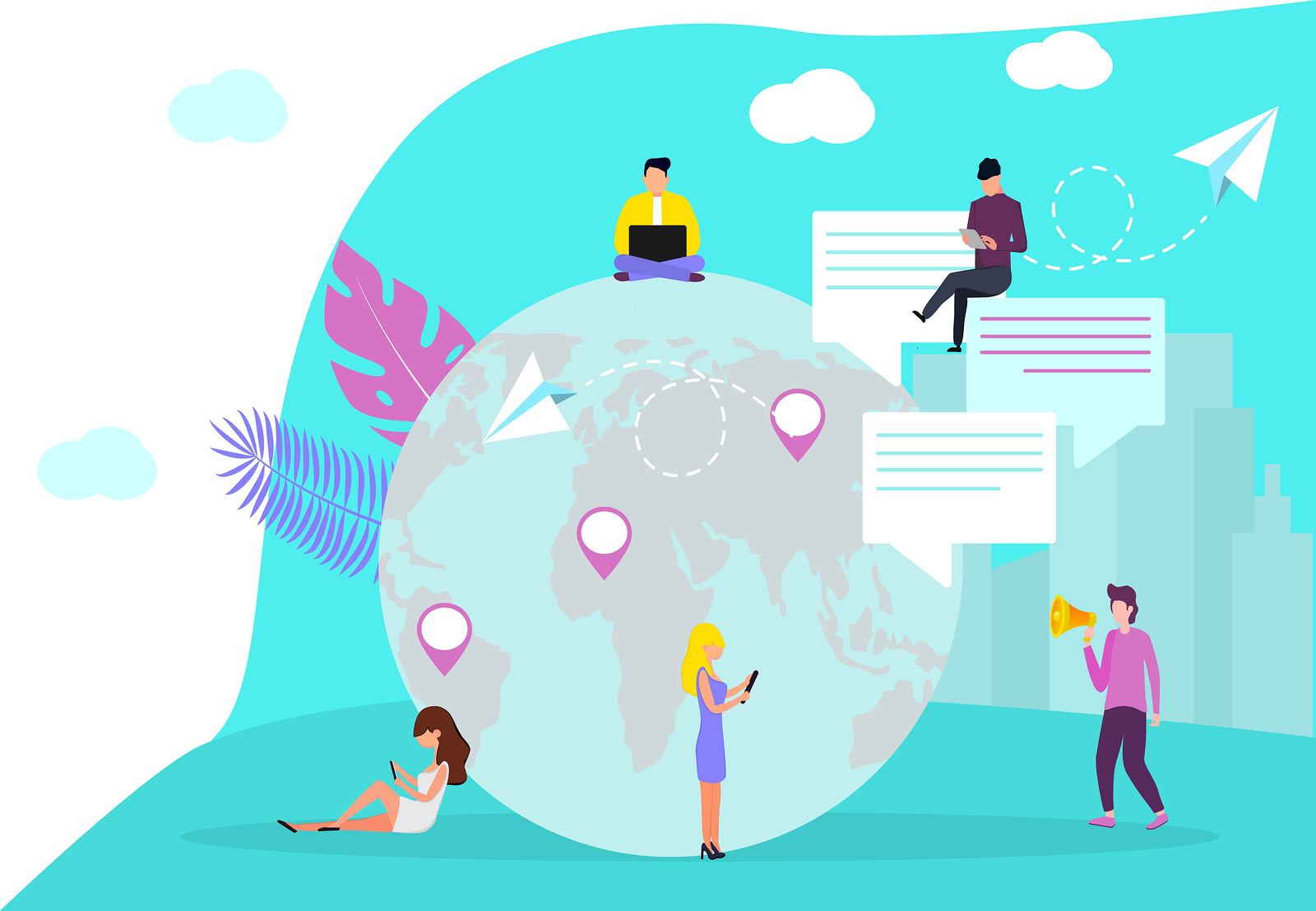2019 has indicated some changes in the way countries wish to relate to one another with an increase in polarisation in ideas and politics. This, however, does not mean communication is not taking place. The growth of the internet has caused a surge in world communication as more and more people to get online and want to know what opportunities there are outside their own countries. Nationalist sentiments and xenophobia have not stopped global communication networks from flourishing.
There are a number of areas that are at the forefront, with a key one being related to commerce and the internet. The latest innovation to engage potential customers is the widespread use of chatbots. This is an area of customer service that serves to fill a vital communication gap.
Chatbots are virtual communication tools that offer support and assistance to global customers who could be anywhere in the world. This year, 40 per cent of the largest businesses intend to start using chatbots, which are actually virtual assistants.
What is a chatbot?
It does not involve a human at all but is the first port of call for a customer seeking information about a product on a website. It is an automated, programmed service that can answer customer’s inquiries, their complaints and concerns about a product they have purchased. If the chatbot gets confused and cannot offer a satisfactory response, the customer will be forwarded to a customer service representative who is actually a human.
Chatbots are not the perfect answer to the communication, as they can not necessarily respond to everything in a satisfactory manner so a human has to be brought in to take up the matters, but increasingly they are acting as a fast communication tool.
Chatbots and different languages
Because chatbots are artificial intelligence, they can be programmed into many different languages, which helps those businesses to communicate with customers overseas as well as in their own country.
It is hard to keep up with present data generation
Every year, data generation exceeds what has happened in previous years. The estimate for next year, 2020, is that every individual will be in the position to generate around 1.7 MB of data every second which equates to more than 13 billion Mbs each second. One wonders how this can be done and what will be needed and the expectation is that this will be made possible by increasing the capacity of artificial intelligence and machine learning.
Companies who are in this business like Salesforce, Microsoft, SAP, and SAS are out in the front with innovative ideas. Social media, the Internet and the Internet of things (IOT) have made data collection far easier. What is required now is the improved use of data so that current and future problems can be approached with better strategies and responses?
Mobile 5G is on its way
5G means that more data can be accessed at a faster rate, so this means more and better communication, more content generation and streaming, more entertainment, and information sharing will become much faster and far more efficient. The expectation in the not too distant future is that mobile technology with 5G will be accessible to more and more people so this will merge borders between countries as daily communication improves.
What is happening to blockchain?
This is not expected to grow much in the foreseeable future, even though the normal run of businesses, organisations and governments are still looking at ways to integrate it. The trend to do so is not taking priority, at least not for the moment. The reason why blockchain has not been prioritised is that it is not straightforward but quite complex. Up to now, those who may choose to use it have not seen a fully operational example of blockchain in use.
Up to this day, cryptocurrency has served as the established blockchain application. The operation of blockchain, bitcoin mining plus transaction confirmation requires massive amounts of power. For example, power consumption globally for the running of bitcoin’s software only runs into 2.55 Gigawatts. Additionally, governments have not shown much interest in bitcoin, even when it looks like it was going to become popular so blockchain certainly would not have been prioritised.
In summary
Despite movements such as Brexit in Britain, which tend towards isolationism, overall integration and globalisation are still expected to take precedence over this sort of isolationist policies. The main aim in the future is to facilitate faster and better transactions and connections which ignore political and geographical boundaries. So for the remainder of this year and early 2020 is likely to see more concentration on improving current approaches towards data while ensuring more people have access. This, in turn, sees an increase in demand for translation, which is the backbone to ensuring understanding in an ever globalising world.



